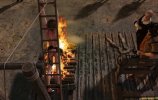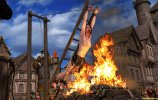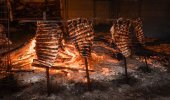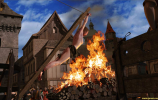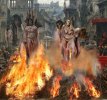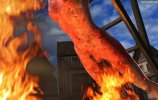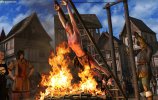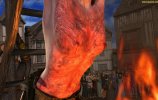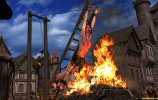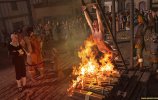Doom701
Tribune
Interesting. Who painted these pictures for Quoom.
The human body can also be strong. Probably many witches after being tortured went to the fire alive. But many went and dead. For example, from blood loss. The executioner damaged an artery.
And she will die before they burn her. And is it impossible to die from pain shock. The heart can't take it. And that's all.
Of course they were innocent, because witchcraft does not exist. The just dark ages were .
The human body can also be strong. Probably many witches after being tortured went to the fire alive. But many went and dead. For example, from blood loss. The executioner damaged an artery.
And she will die before they burn her. And is it impossible to die from pain shock. The heart can't take it. And that's all.
Of course they were innocent, because witchcraft does not exist. The just dark ages were .






